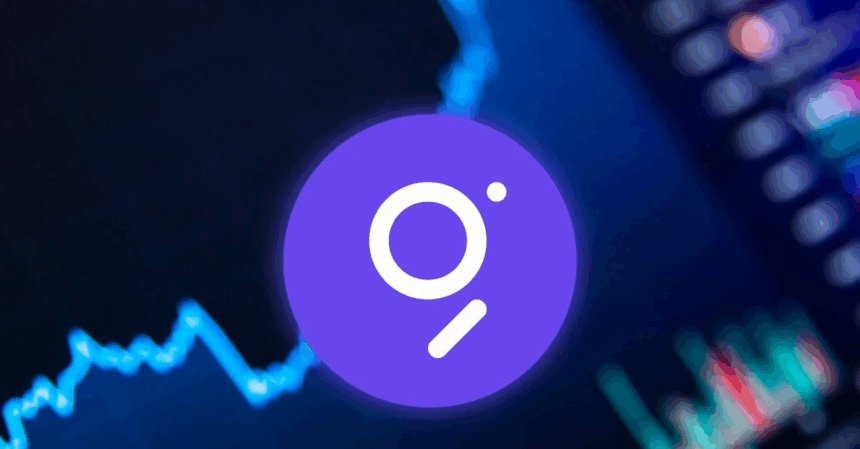In this article, I will review the Top Blockchain Indexing Services that are changing the way on-chain data is accessed by developers, analysts, and businesses.
These services automate the building of dApps, tracking of DeFi activity, and on-chain NFT analysis through the simplifying of blockchain complexities.
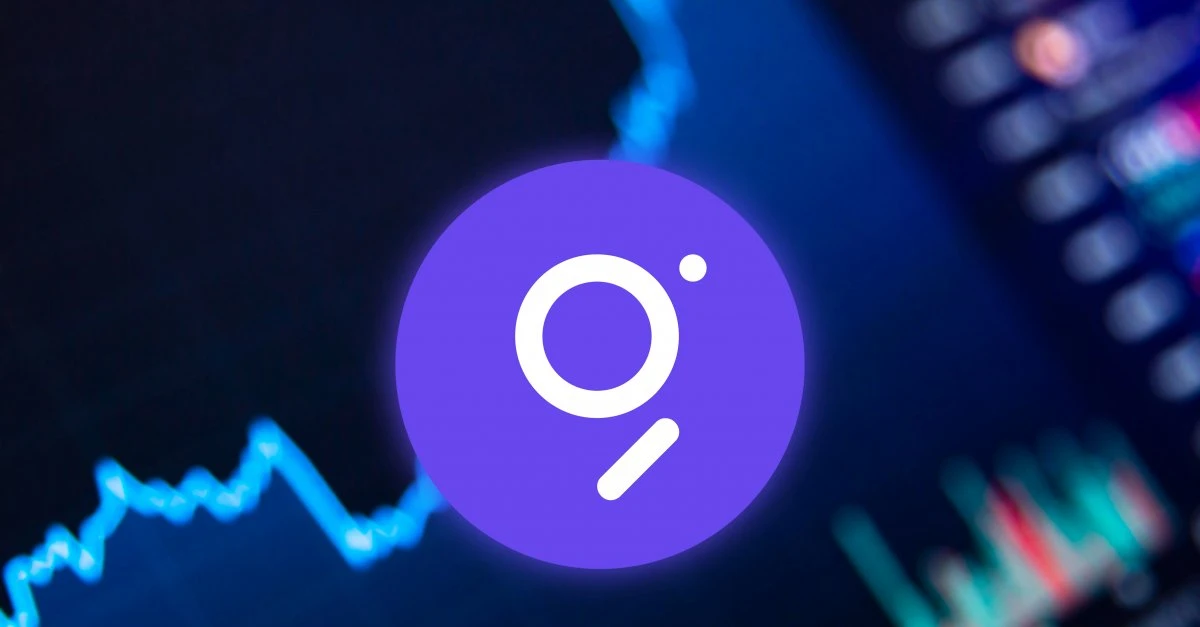
Every service ranging from decentralized protocols to powerful APIs has distinct features aimed at easing data assimilation into web3 projects.
Key Points & Top Blockchain Indexing Services List
| Project | Key Point |
|---|---|
| The Graph (GRT) | Decentralized protocol for indexing and querying blockchain data via subgraphs. |
| Covalent | Provides unified APIs to access rich, on-chain data from multiple blockchains. |
| Alchemy Subgraphs | Managed subgraphs with enhanced performance and tooling, built on The Graph. |
| Moralis | Offers fast, plug-and-play Web3 backend and real-time on-chain data APIs. |
| Dune | SQL-based platform for custom blockchain data queries and community dashboards. |
| Bitquery | GraphQL APIs for deep and granular blockchain data across multiple chains. |
| QuickNode | Node infrastructure provider with powerful APIs and analytics tools. |
| Flipside Crypto | Community-driven analytics and on-chain data tools with data bounties. |
| SubQuery | Web3 data indexing protocol supporting multiple chains, similar to The Graph. |
| Nansen | Combines on-chain data with wallet labeling for smart money and DeFi analysis. |
10 Top Blockchain Indexing Services
1.The Graph (GRT)
The Graph (GRT) is a leading service for indexing blockchain information, providing developers with tools to access and query blockchain data through subgraph APIs.
It offers a decentralized protocol for indexing data from blockchains such as Ethereum, Arbitrum, and Polygon, facilitating the development of high-performance and scalable dApps.
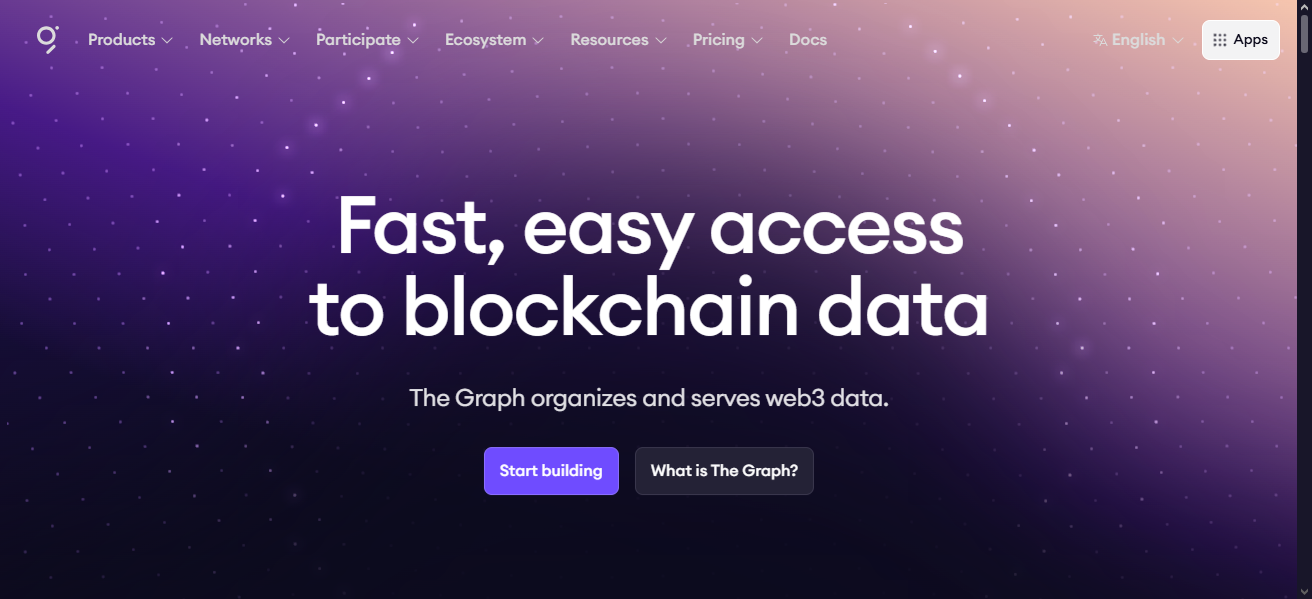
Developers publish open APIs called subgraphs which can be accessed and queried through GraphQL. This eliminates the need to construct custom indexing servers, thus reducing both expenditure and time.
The decentralized network of The Graph ensures reliability, data integrity, and censorship resistance, thus providing the Web3 and decentralized data environment with foundational infrastructure.
| Feature | Description |
|---|---|
| Decentralized Indexing | Uses subgraphs to index and query blockchain data in a decentralized way. |
| GraphQL Support | Allows data querying using powerful and flexible GraphQL syntax. |
| Multichain Support | Supports Ethereum, Polygon, Arbitrum, and more. |
| Subgraph Marketplace | Developers can publish and reuse subgraphs from others. |
| Censorship Resistance | Operates on a decentralized protocol to ensure data integrity. |
2.Covalent
Covalent is a leading blockchain indexing service that provides a unified API to access on-chain data from over 100 blockchains.
Unlike traditional indexing platforms, Covalent offers a no-code solution, delivering granular, historical, and real-time blockchain data without requiring developers to write custom queries.
Its powerful API aggregates information such as wallet balances, transactions, NFT metadata, and DeFi protocol data across multiple chains.
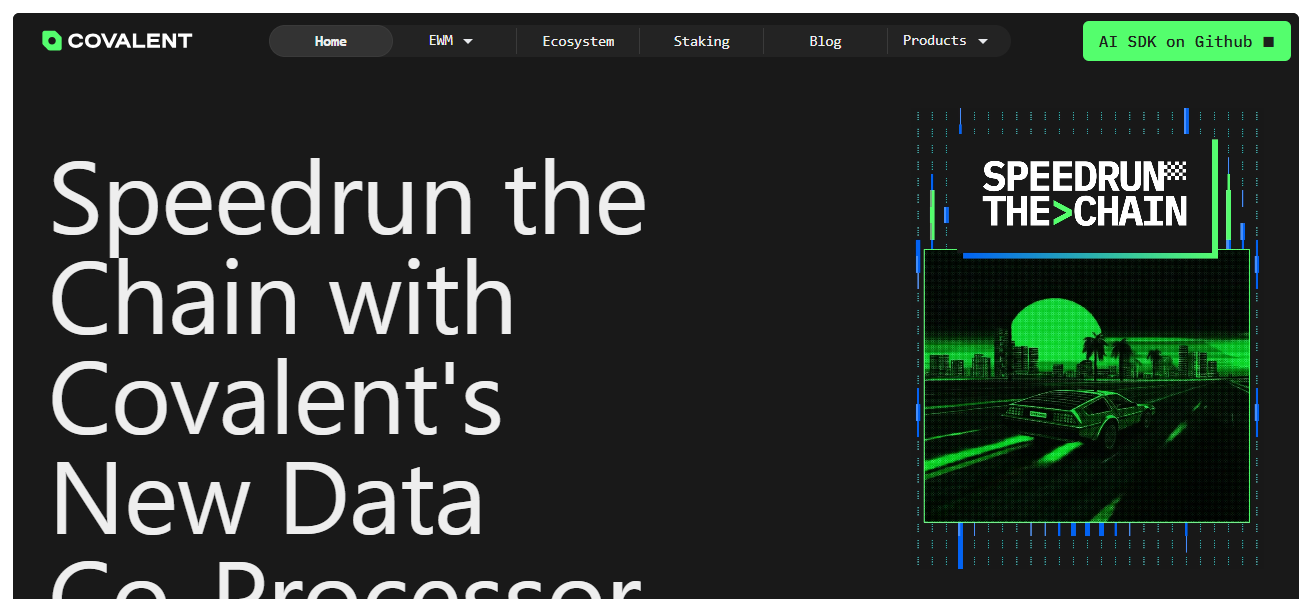
Covalent’s core strength lies in its ease of integration, scalability, and data completeness, making it ideal for developers building dApps, analytics tools, or DeFi dashboards. It plays a vital role in simplifying Web3 data access for all users.
| Feature | Description |
|---|---|
| Unified API | Single API for accessing data across 100+ blockchains. |
| No-code Integration | Fetch data without writing complex custom indexing logic. |
| Historical & Real-time Data | Access both current and past blockchain data. |
| Rich NFT & Token Data | Supports metadata, balances, and ownership history. |
| Multichain Compatibility | Works across Ethereum, BNB Chain, Avalanche, and more. |
3.Alchemy Subgraphs
Alchemy Subgraphs as a powerful service for blockchain indexing built on The Graph, providing enhanced performance, dependability, and an improved experience for developers.
For Alchemy Subgraphs, Web3 Developer focused on providing managed infrastructure for easier on-chain data queries, offering quick syncing, sophisticated monitoring, and useful analytics tools.
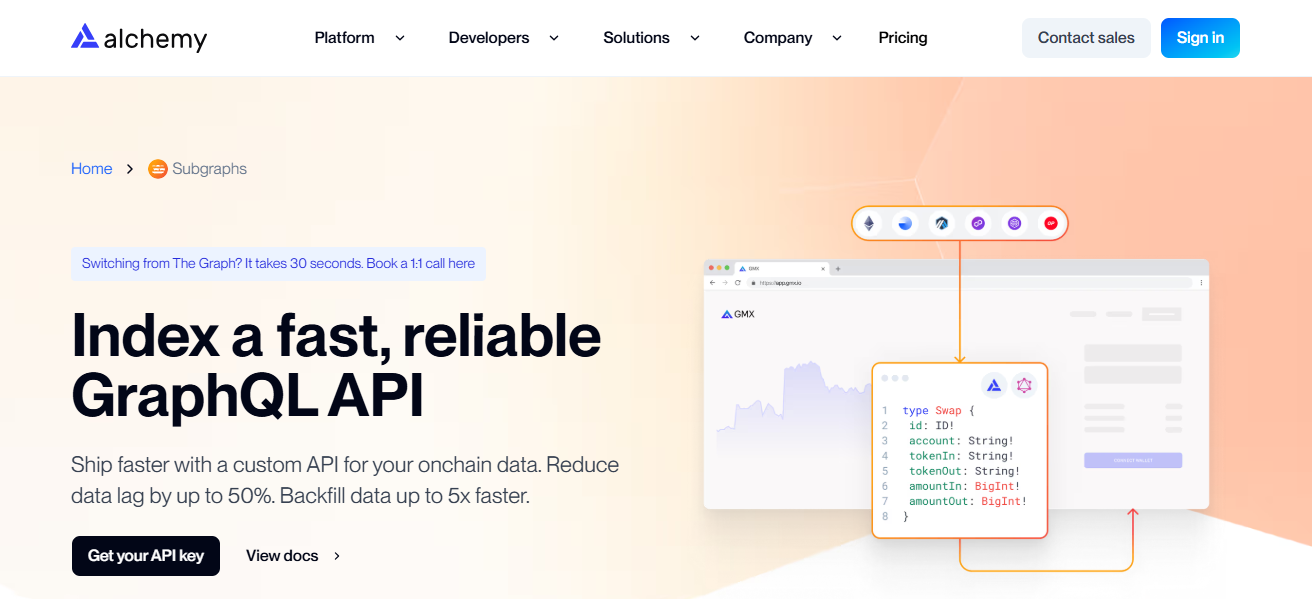
It permits serverless access to indexed smart contract data through GraphQL. In addition, Alchemy offers strong ecosystem support through integration with other components of its suite of Web3 development tools, providing a streamlined experience.
Focused on numerous chains and optimal performance, powered by Alchemy Subgraphs, teams can now easily and reliably construct complex dApps equipped with multifaceted data.
| Feature | Description |
|---|---|
| Built on The Graph | Uses The Graph’s structure with added Alchemy enhancements. |
| Managed Infrastructure | Offers faster sync times and reliable indexing with no infrastructure to manage. |
| Developer Tooling | Integrated with Alchemy’s Web3 tools like logging, analytics, and debugger. |
| Performance Monitoring | Advanced metrics and alerts for subgraph performance. |
| Multichain Support | Supports major chains like Ethereum and Layer 2s. |
4.Moralis
As a top Web3 backend solution, Moralis provides comprehensive blockchain indexing services through its real-time and historical data APIs. It circumvented complex infrastructure issues by Onboarding an API for on-chain data retrievals of NFTs, token balances, transactions, and smart contracts.
Currently, Moralis is operating On Ethereum, BNB Chain and Polygon with automatic cross-chain indexing and support for additional blockchains. The acceleration of dApp development using plug-and-play APIs and SDKs simplifies data access and backend logic.

Data-driven Web3 apps can now be built in record time with Moralis’s powerful real-time alerts, deep data queries, and user authentication features.
| Feature | Description |
|---|---|
| Plug-and-play APIs | Easy-to-use APIs for accessing on-chain data. |
| Real-time Updates | Webhooks and live notifications for blockchain events. |
| Cross-chain Indexing | Supports Ethereum, BNB Chain, Polygon, and others. |
| Web3 Authentication | Built-in user authentication and session handling. |
| NFT & Token APIs | Simplifies NFT metadata, ownership, and transaction access. |
5.Dune
Dune is one of the leading blockchain analytics and indexing platforms allowing users to query, visualize, and share on-chain data using SQL.
Unlike other indexing services, Dune provides a collaborative, no-code index environment where community-created dashboards provide insightful views into DeFi, NFTs, DAOs, among others.

It indexes blockchain data from Ethereum, Optimism, and Polygon networks, providing access through various tools.
Dune’s open data philosophy together with its real-time query engines allows analysts, developers, and researchers to enrich raw blockchain data without the need for infrastructure.
Dune is an unmatched tool for Web3 data investigation due to its active community and transparent data access.
| Feature | Description |
|---|---|
| SQL-based Query Engine | Use SQL to query indexed blockchain data directly. |
| Community Dashboards | Shared dashboards with real-time insights from on-chain data. |
| Open Data Access | Publicly available blockchain datasets. |
| Visualization Tools | Built-in charts, graphs, and visual representations. |
| Multichain Support | Supports Ethereum, Optimism, Polygon, and more. |
6.Bitquery
As of October 2023, Bitquery emerged as a leading provider of blockchain data, providing advanced analytics and indexing through GraphQL APIs.
They are connected to over 40 blockchains and provide users with access to real-time and historical data on transactions, tokens, smart contracts, addresses, and even DeFi activities. strategically positioned for developers, analysts, and enterprises building and investigating blockchain applications.
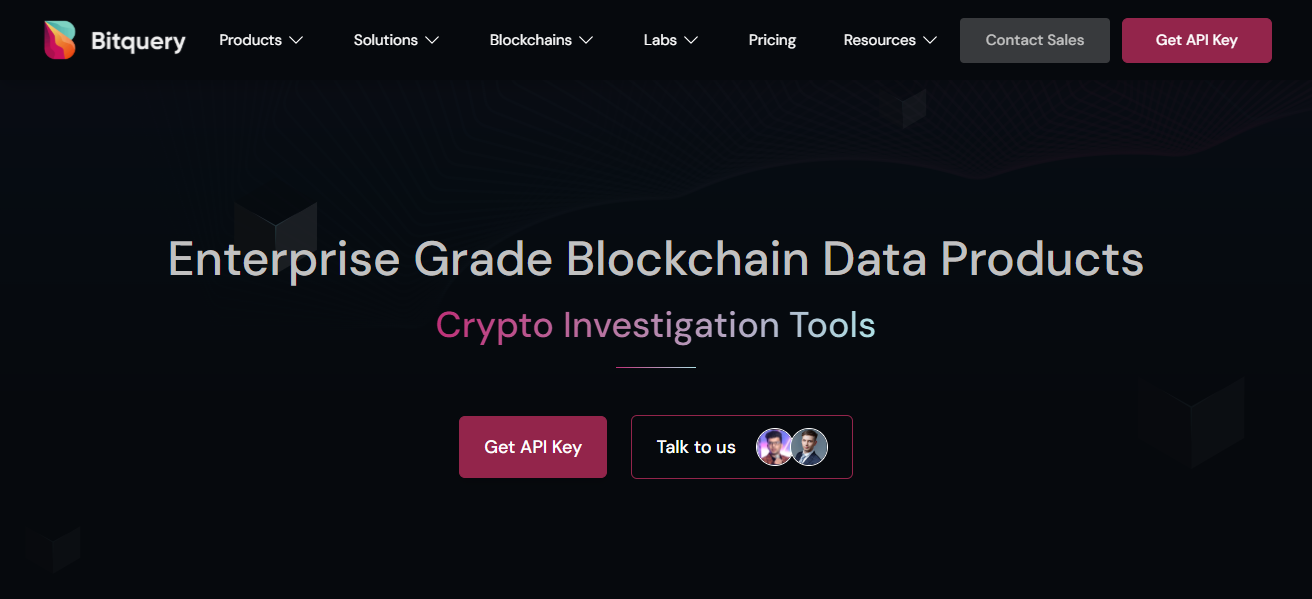
Its APIs power use cases like compliance, forensics, trading analytics, and tax reporting. Focused on accuracy, multi-chain data support, and flexible querying, BitQuery provides robust data in the blockchain indexing ecosystem.
| Feature | Description |
|---|---|
| GraphQL API | Access granular data across multiple chains using GraphQL. |
| Deep Transaction Insights | Provides transaction-level detail including decoded data. |
| Multi-chain Support | Supports 40+ blockchains and tokens. |
| Use-case Diversity | Suitable for forensics, compliance, trading, and tax. |
| Real-time & Historical Data | Comprehensive access to past and live blockchain data. |
7.QuickNode
QuickNode serves as a blockchain infrastructure platform with a focus on high performance offering indexing and data access for developers building on Web3. They offer real-time, dependable APIs and RPC endpoints for numerous chains which include Ethereum, Solana, Polygon, and others.
With QuickNode, add-on features like NFT API, Token API, and Smart Notifications allow real-time retrieval of blocks, transfers, and other on-chain data, such as balances and metadata.
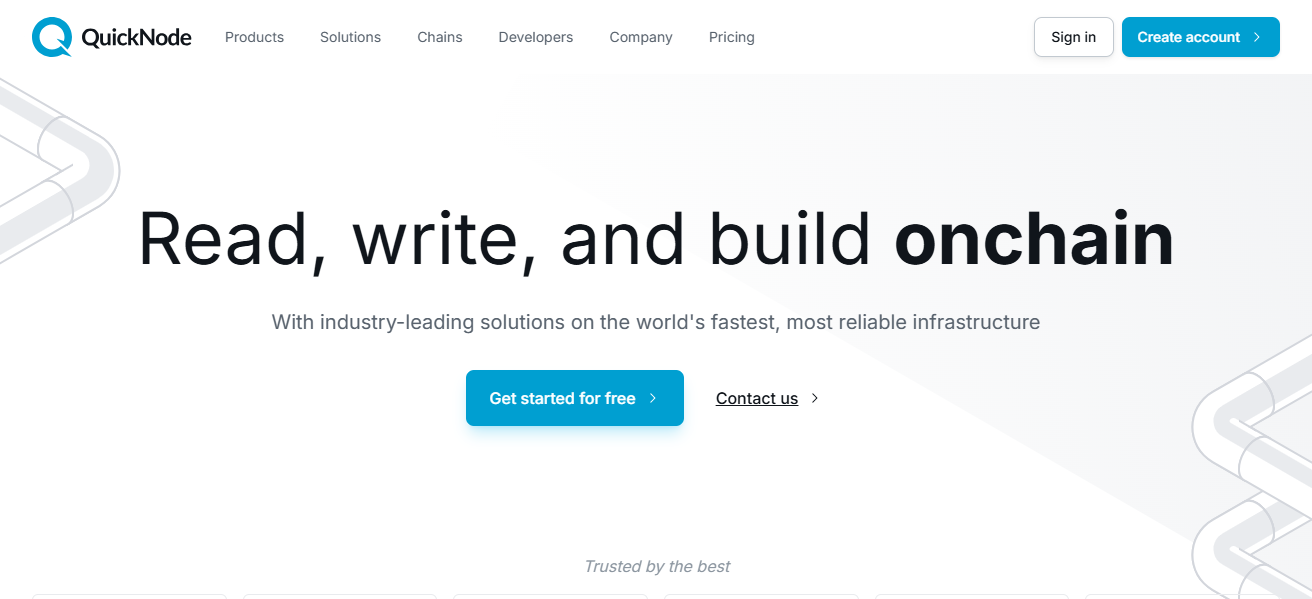
Their global network guarantees low latency and high uptime, essential for production-grade decentralized applications.
Modern UIs for command centers and analytics mixed with instant integration make blockchain data access effortless and enable developers to rapidly construct robust and complex applications.
| Feature | Description |
|---|---|
| Global Node Infrastructure | High-speed access to blockchain nodes worldwide. |
| Enhanced APIs | Offers NFT, Token, and Smart Notification APIs. |
| Multichain Support | Compatible with Ethereum, Solana, BNB, and others. |
| Developer Dashboard | Track performance and usage with real-time analytics. |
| Scalable & Reliable | Enterprise-grade uptime and scalability for dApps. |
8.Flipside Crypto
Flipside Crypto is a blockchain analytics platform, which is community-driven, grants free access to on-chain data for more than 40 networks such as Ethereum, Solana, Flow, Near, Cosmos, and Polygon.
It has SQL-based powerful querying (LiveQuery), visualization tools (Data Studio), and APIs which requires no infrastructure management.
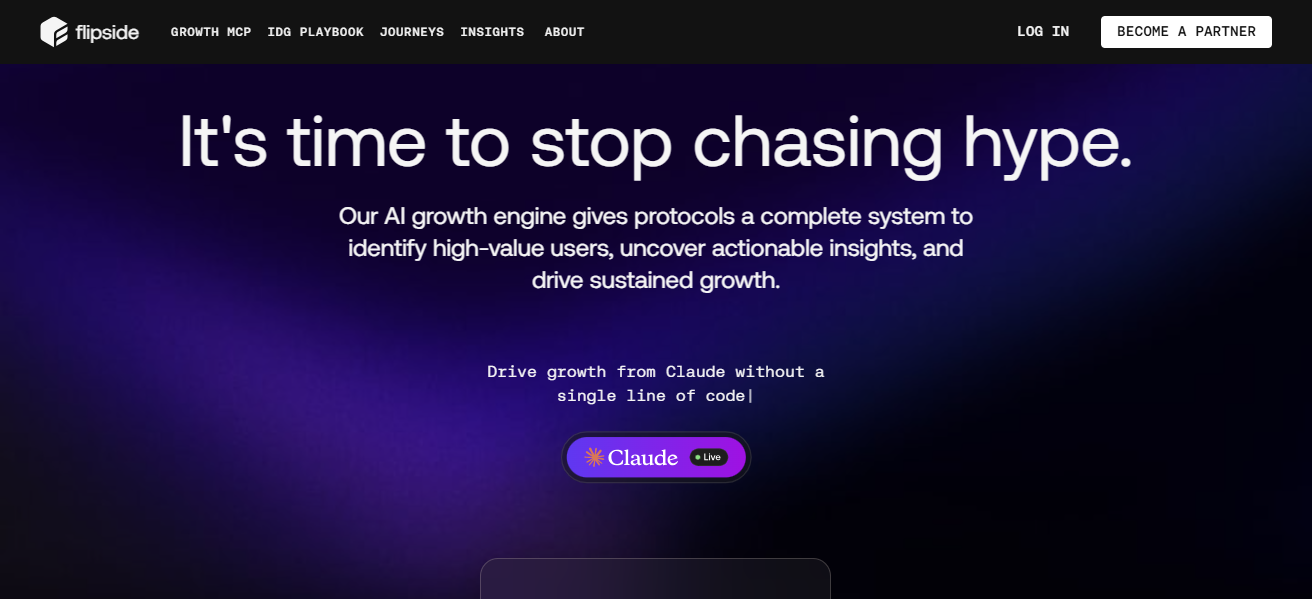
Flipside incentivizes engagement via bounties and quests, having awarded millions to analysts for creating high-quality dashboards.
Its platform facilitates enterprise use through Snowflake integration and AI-powered growth analytics, enabling protocols to understand user engagement and employ effective activation strategies.
| Feature | Description |
|---|---|
| Free SQL Data Queries | Users can write SQL queries to explore indexed data. |
| Community Engagement | Offers bounty programs and data challenges. |
| Visualization Tools | Build dashboards and reports with easy data visualization. |
| Snowflake Integration | Enterprise-level access via Snowflake’s data cloud. |
| Multichain Indexing | Supports 40+ chains including Cosmos, Solana, Near, and Ethereum. |
9.SubQuery
SubQuery serves as an effective indexing platform for Web3 data which integrates efficiently with the rest of the ecosystem. It began with the Polkadot ecosystem but is now integrated with a lot more including Avalanche, Ethereum, Cosmos.
Subquery uses an open-source SDK and provides users with GraphQL interfaces thus enabling construction of custom and flexible indexers.SubQuery reduces custom backend requirements through its managed multi chain support services.
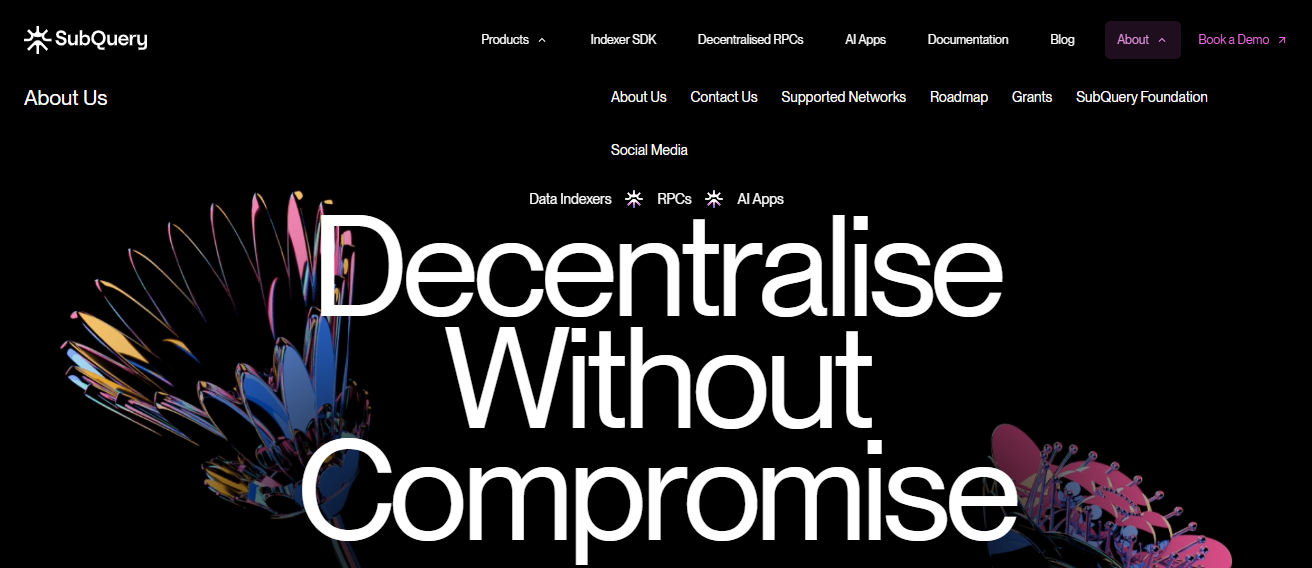
With the ability to sync quickly, multichain capabilities, and a decentralized roadmap, SubQuery stands out as a crucial tool in creating rich-data applications on dApps. SubQuery’s other benefits include empowering projects in faster development cycles and improved access to insights from on-chain data.
| Feature | Description |
|---|---|
| Open-source SDK | Developers can customize data indexing and transformations. |
| GraphQL Interface | Query indexed data using GraphQL. |
| Managed Hosting | Offers scalable infrastructure to deploy indexers. |
| Multichain Support | Supports Polkadot, Cosmos, Ethereum, Avalanche, and more. |
| Fast Syncing | Optimized for quick indexing of blockchain data. |
10.Nansen
Nansen, a top platform for blockchain analytics and indexing, utilizes on-chain data alongside wallet tagging to derive profound insights into crypto markets, decentralized finance, and non-fungible tokens.
It monitors numerous wallets within various blockchains, tagging them as smart money, institutions, and whales based on their activities to enhance decision-making through data analysis.
Nansen provides advanced dashboards, real-time alerts, and others that analyze data, revealing trends, movements of tokens, and flows within the portfolio.
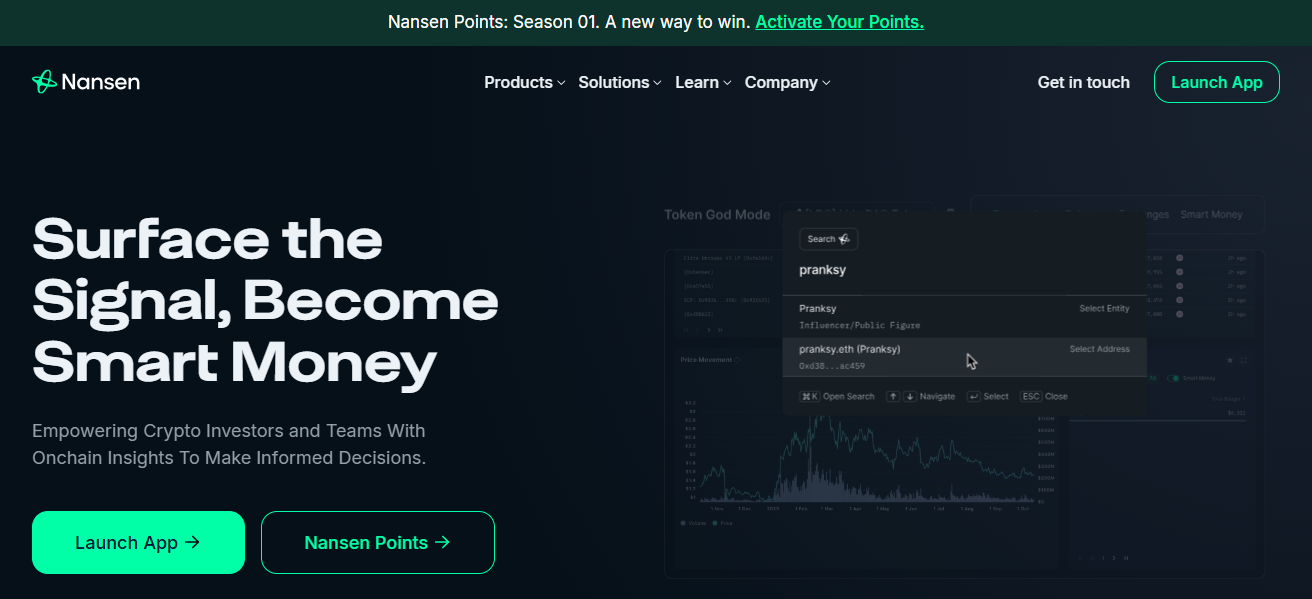
Nansen is tailored to suit the needs of investors and developers, as well as institutions; hence, it transforms complex blockchain data into intelligence that can be acted upon.
Because of its unique combination of behavioral analysis and indexing, Nansen is a preferred platform for blockchain activity and market analysis.
| Feature | Description |
|---|---|
| Wallet Labeling | Identifies wallets (e.g., smart money, exchanges, institutions). |
| Token & DeFi Tracking | Monitors token flows, LP activity, and yield farming. |
| NFT Analytics | In-depth insights into NFT trends, collections, and holders. |
| Market Intelligence | Tracks investor behavior and top-performing wallets. |
| Real-time Alerts | Custom alerts for wallet activity and token movement. |
Conclusion
To summarize The Graph, Covalent, Alchemy, and other top blockchain indexing services are invaluable for making on-chain data accessible as well as scalable and friendly to developers.
Each has its own unique advantages—from real-time analytics to trustless querying—which allows dApps, analysts, and even businesses to utilize them.
These services fundamentally support data-powered innovation in DeFi, NFTs, and the larger Web3 ecosystem.
FAQ
What is a blockchain indexing service?
It organizes and structures blockchain data to make it easily searchable and accessible for apps and analytics.
Which is the best decentralized indexer?
The Graph (GRT) is the most popular decentralized indexing protocol.
Which services offer multichain support?
Covalent, SubQuery, Bitquery, QuickNode, and Flipside Crypto support multiple blockchains.


